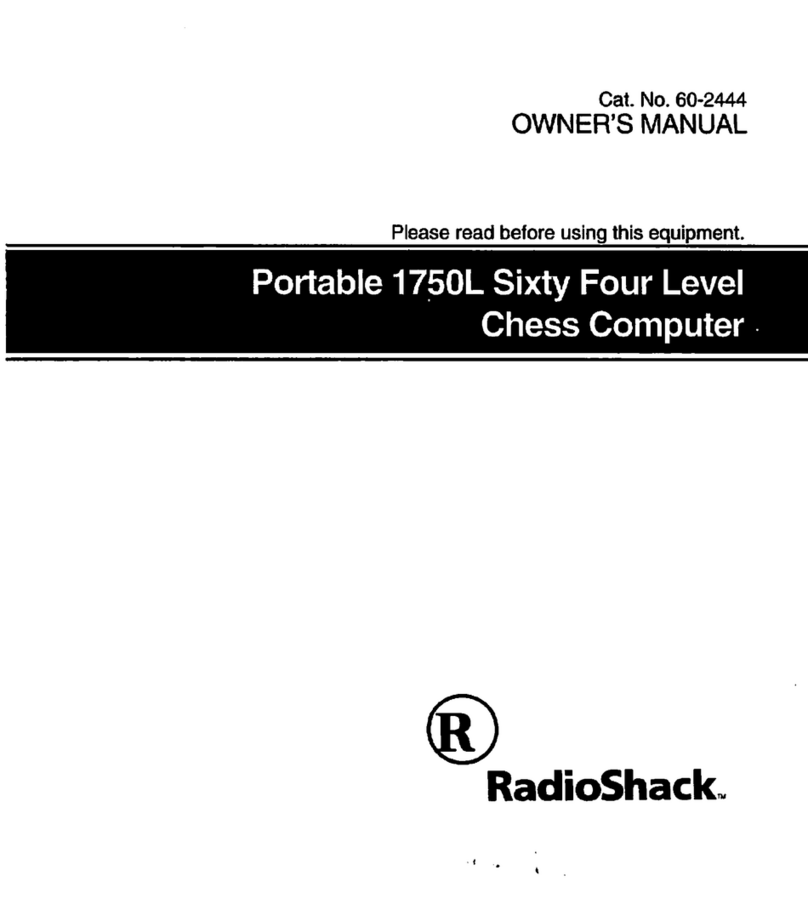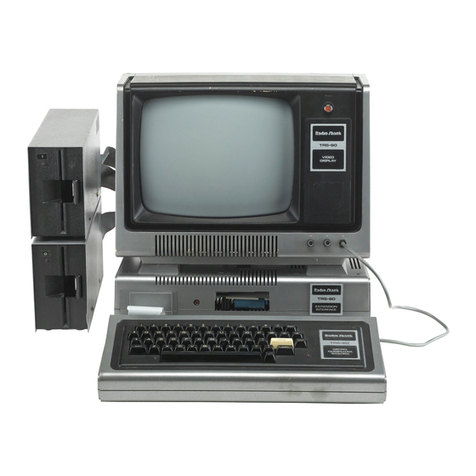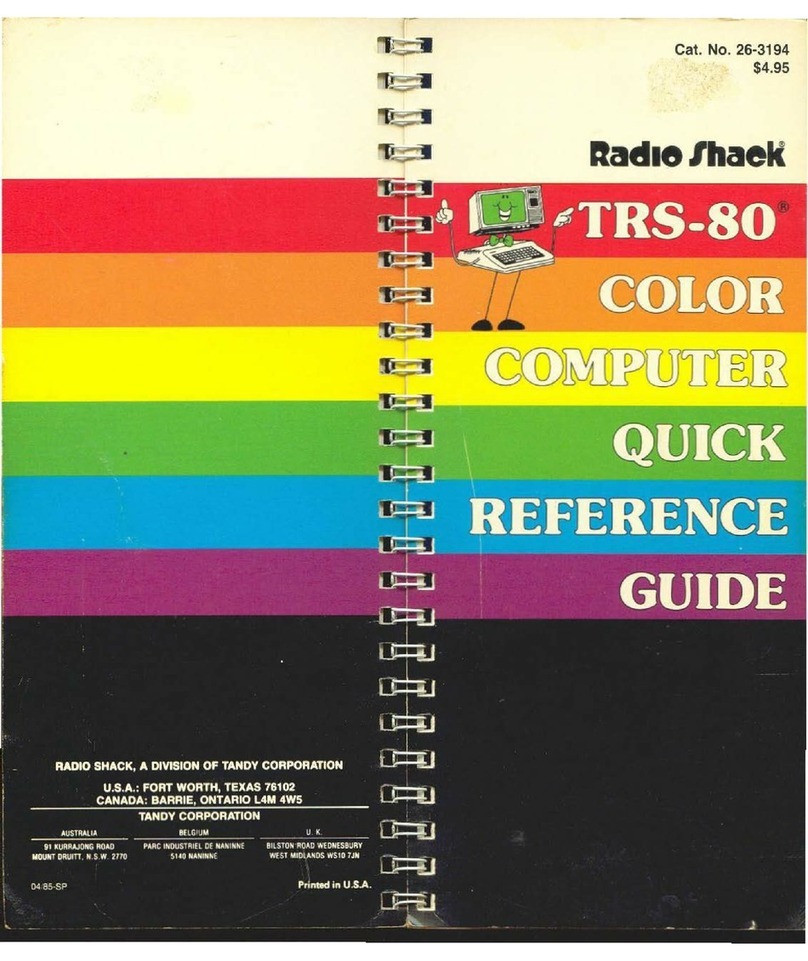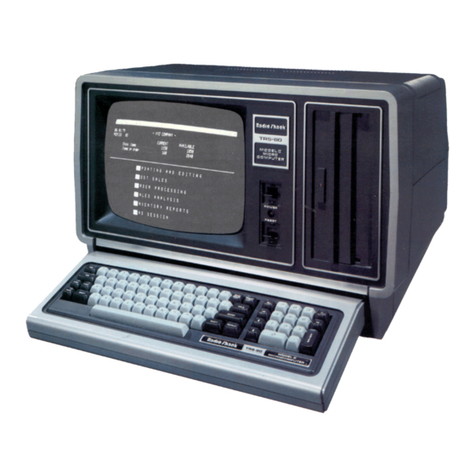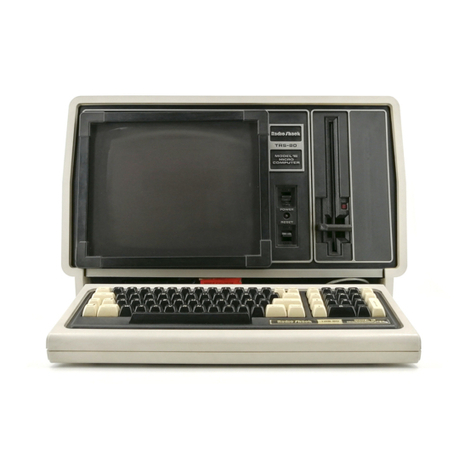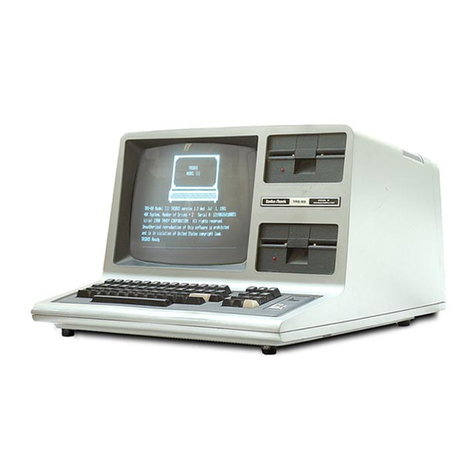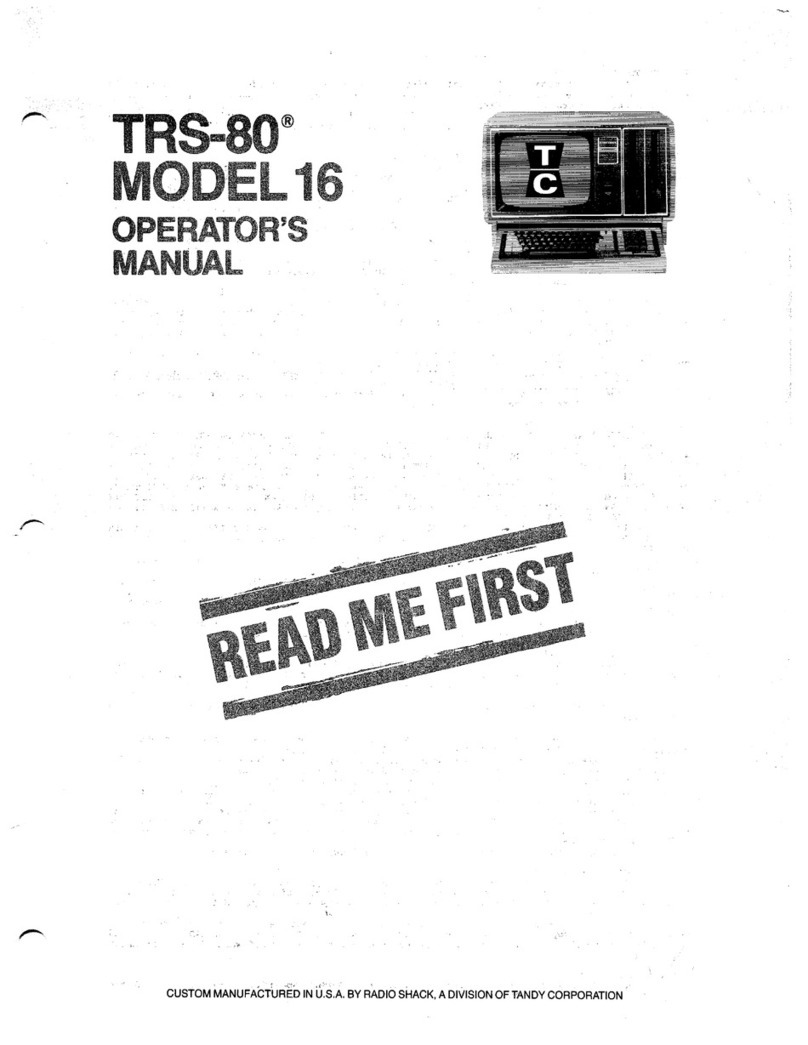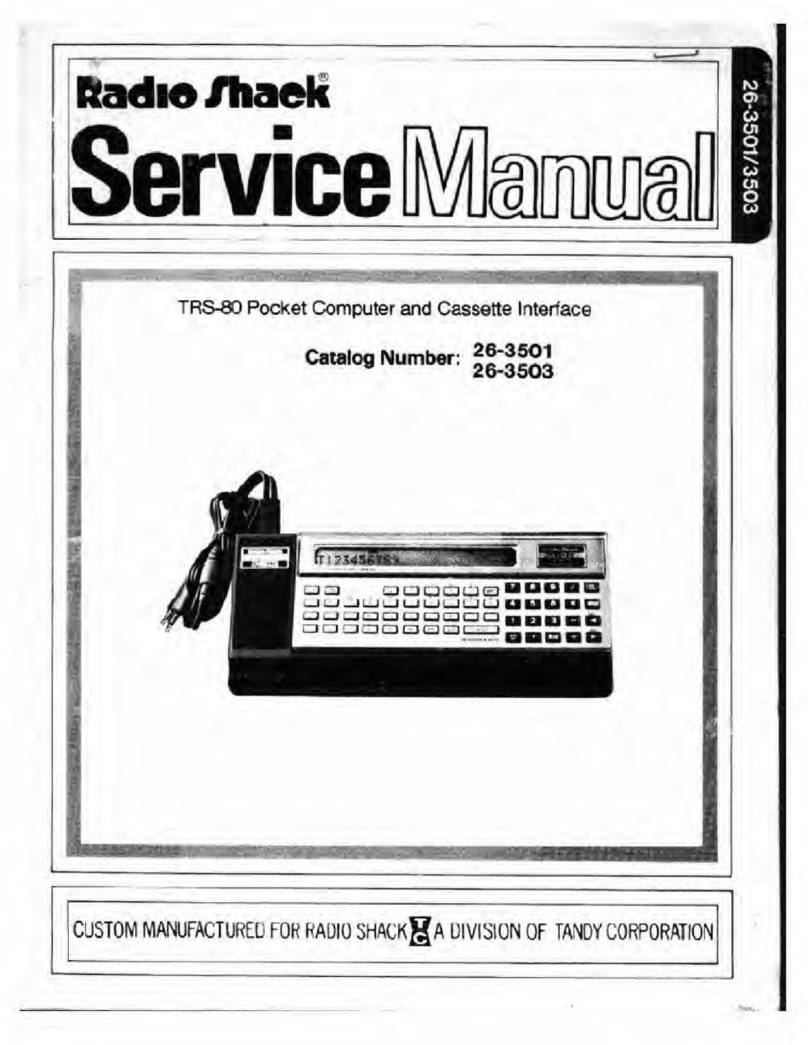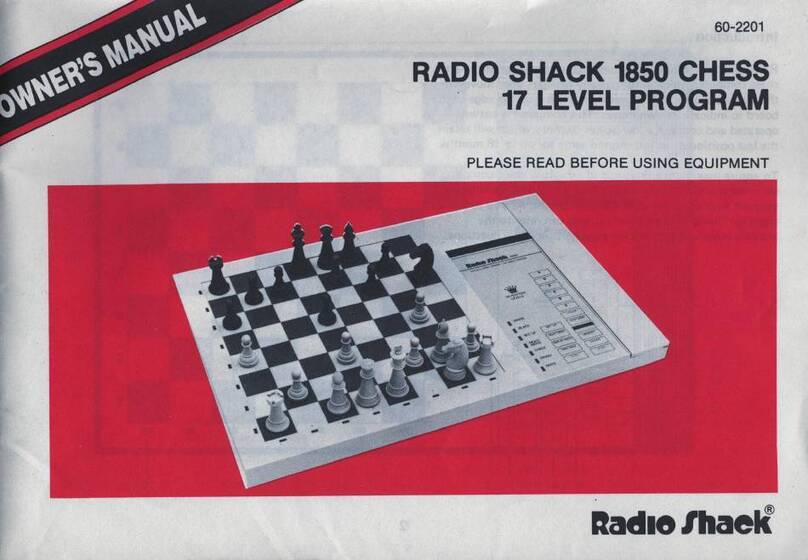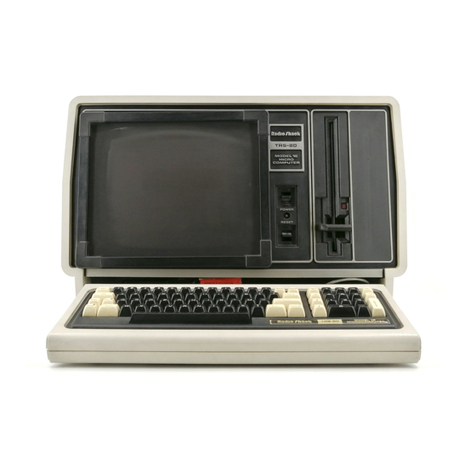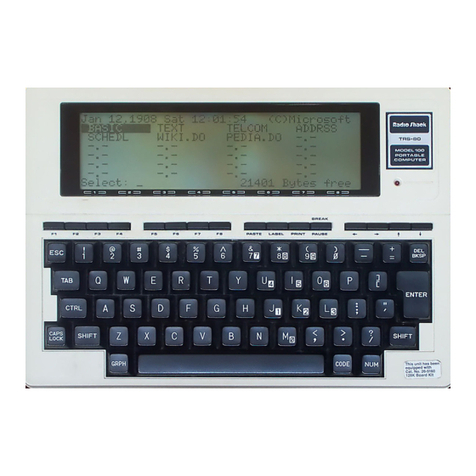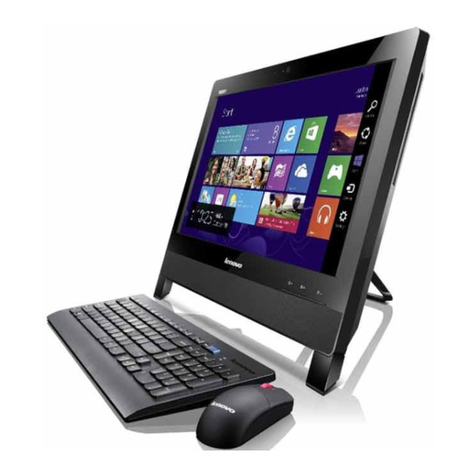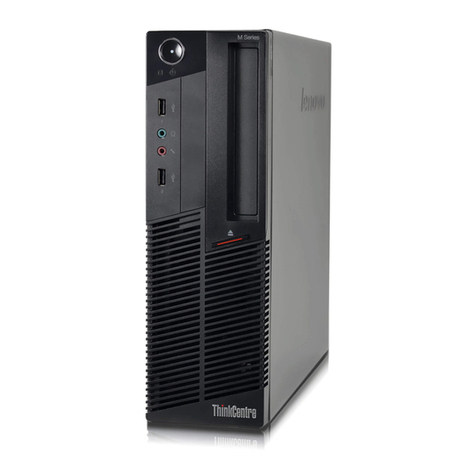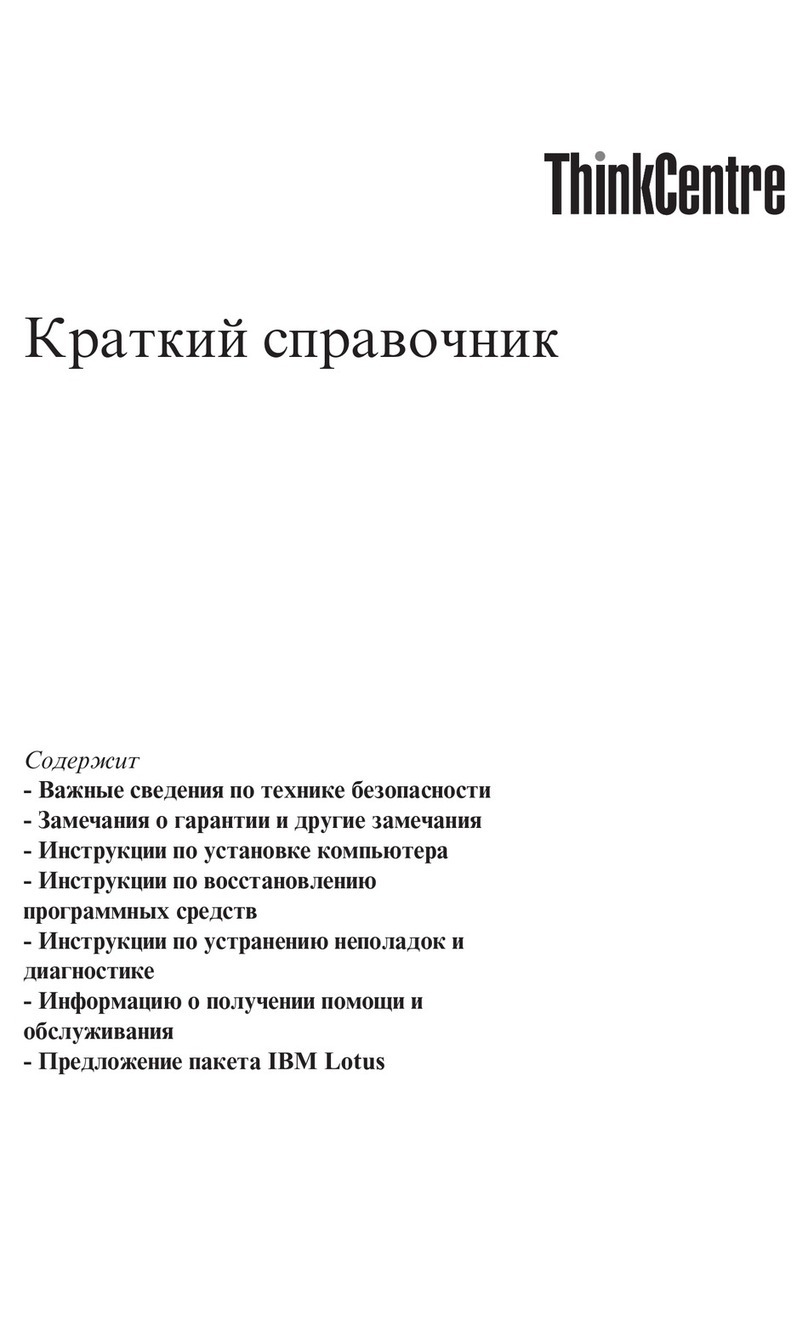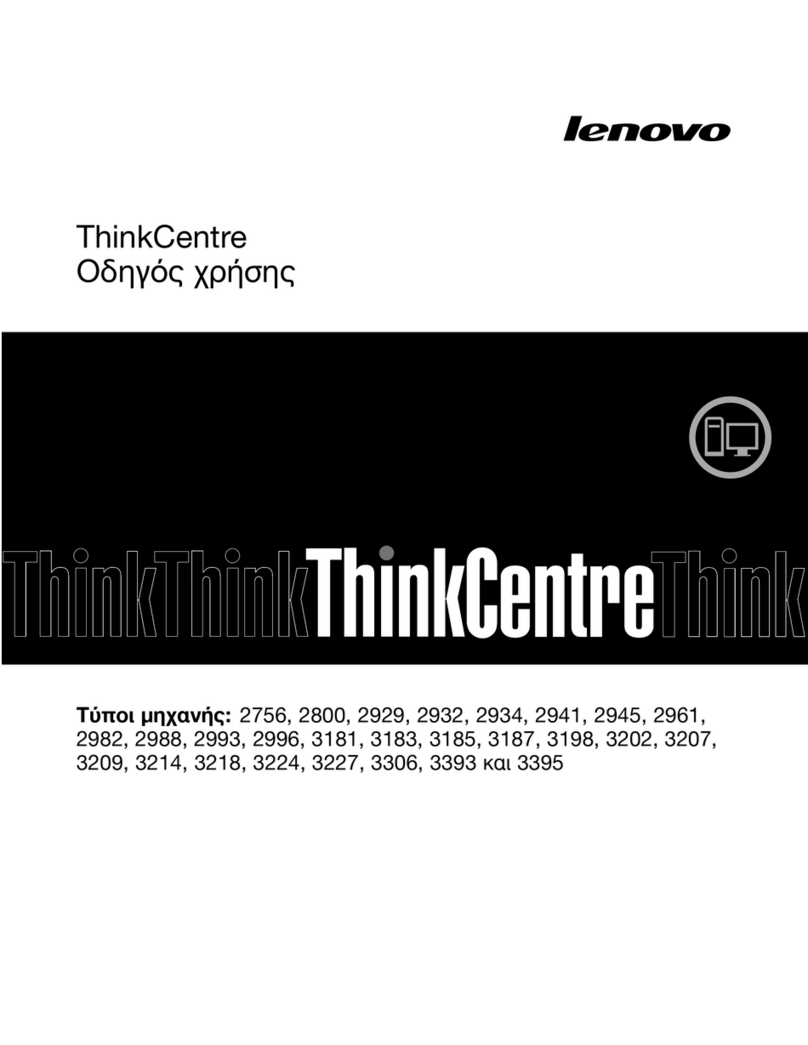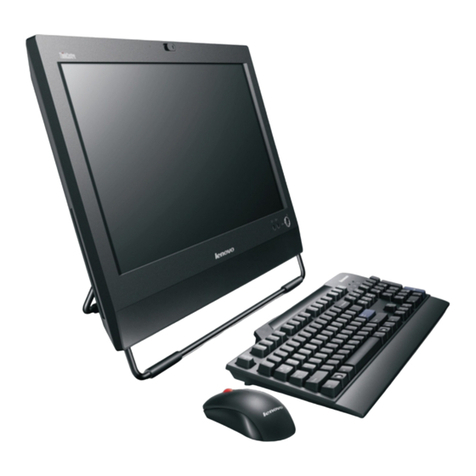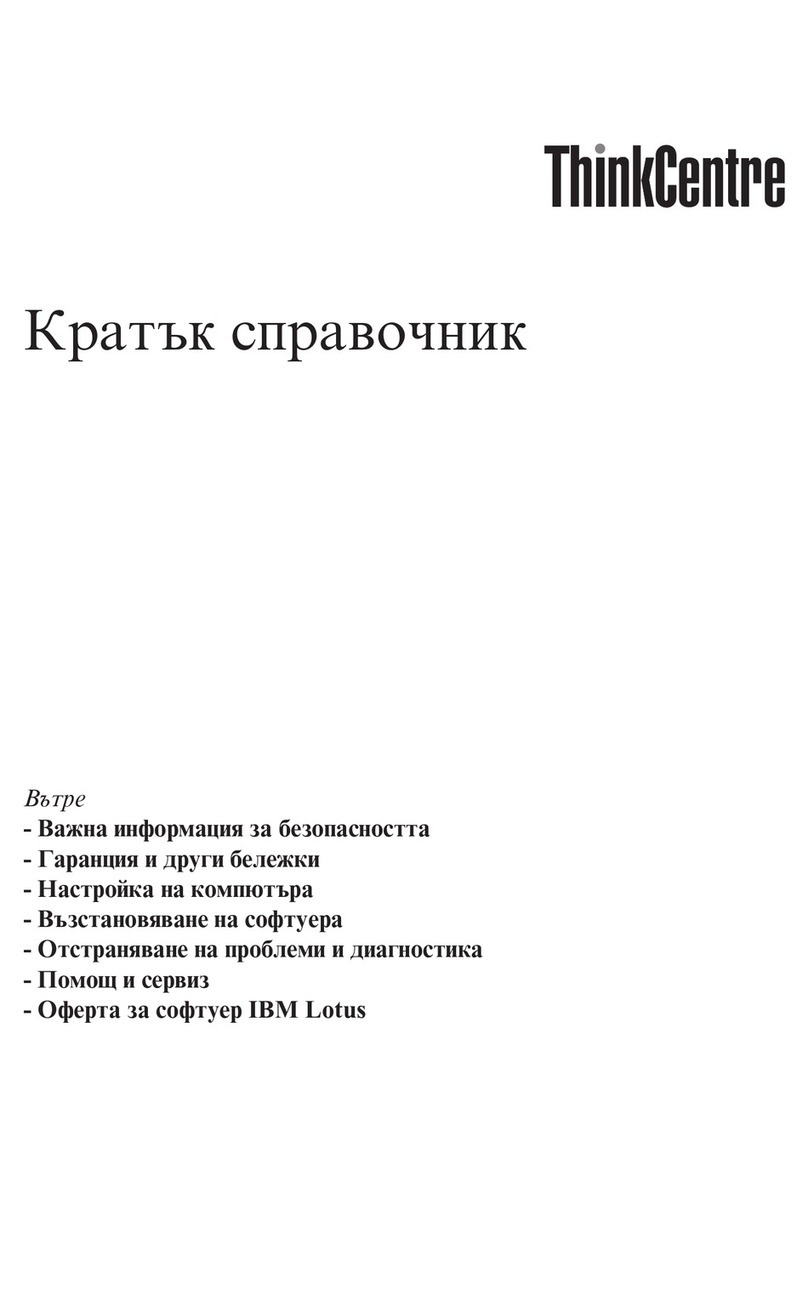THEORY OF OPERATION
System Clock
The system clock is shown on Sheet 2of the fold-out
schematics in the Schematic Section. Y1 is a10.6445 MHz,
fundamental cut, crystal. It is in aseries resonant circuit
consisting of two inverters. Z42, pins 1and 2, and 3and 4,
form two inverting amplifiers. Feedback between the
inverters is supplied by C43, a47 pF capacitor. R46 and
R52 force the inverters used in the oscillator to operate in
their linear region. The waveform at pin 5of Z42 will
resemble asine wave at 10.6445 MHz. The oscillator should
riot be measured at this point, however, due to the loading
effects test equipment would have at this node. Z42, pin 6,
is the output of the oscillator buffer. Clock measurements
may be made at this point. The output of the buffer is
applied to three main sections: the CPU timing circuit, the
video divider chain, and the video processing circuit.
CPU Timing
The Z80 microprocessor needs asingle phase clock source
for. operation. The 10 MHz signal from system clock is
applied to Z56, astandard ripple counter, which is used as a
divide-by-6 counter. The resulting signal at Z56, pin 8, is a
little over 1.774 MHz. The signal is applied to the input of
buffer Z72, pin 12. Pin 11 of Z72 is attached to pin 6of
the Z80 microprocessor. R64 pulls up pin 11 of Z72, and
insures arapidly increasing rise time for the clock signal.
Notice that pin 15 of Z72 is tied to ground. Since pin 15 is
the enable input to this part of Z72, pin 12 and 11 will
always be active. Notice also pins 7and 6of Z56. These
two pins enable the clear function for the counter. When
one or both of these pins is low, the counter operates nor-
mally. When high, the input forces the counter into its clear
or reset state. Z42, pins 9and 8, are used to disable counter
Z56 during automatic testing at the factory. R67 pulls
Z42's input to VrjC. which causes pin 8to stay at alogical
low. During testing, pin 9of Z42 may be pulled low, mak-
ing pin 8high, which disables and clears Z56. You might
also find early Board levels (A Boards for example) where
pins 6and 7of Z56 are tied directly to ground.
Power-Up-Clear and System Reset
Alow at this input forces the microprocessor to output the
starting address 0000 on its 16 address lines. When C42
charges up past about 1.4 volts, Z53, pin 11, goes low,
which causes Z52, pin 10, to go high. The CPU is now out
of its reset state, and will start executing instructions from
the ROM, starting at address 0000. Notice that the only
time pin 26 of the CPU is ever low is afew milliseconds
after power is applied. Once C42 charges up past the logical
ONE level, pin 26 stays high until C42 is discharged when
power is removed. Why is Z53, aNAND gate, drawn like
an OR gate? Notice that pin 11is high only when either of
the inputs are low. The NOT circles at the input immedi-
ately tell you that this gate is looking for asignal that is low
to cause an output that is high. Had the gate been drawn
"correctly", then it would not have been so obvious that
the output is active when high. This "functional" type of
logical symbolization is used throughout the schematics.
Directly above the power-up circuit, there is asimilar cir-
cuit. S2 is the reset switch located on the right side of the
Board. Although there is apower-on-delay type circuit on
the input of this network, it is not used as such. Notice that
C57 is smaller than C42. Hence, in apower-up "race", C57
would charge up faster than C42. Assume that C57 is
charged. Also assume that pin 2 of Z53 is high. This means
that Z53, pin 3, will be low and Z37, pin 13, will be high.
With pin 17 of the CPU held high, everybody is happy. If
S2 is pressed, C57 will discharge through the switch. The
resulting low is applied to pin 1of Z53 and pin 3goes high.
Z37, pin 13, is then forced low. Alow at pin 17of the CPU
forces the microprocessor to restart at address 0066. When
S2 is released, R65 begins to charge C57 until alogical high
is applied to pin 1of Z53. At this time, pin 17 of the CPU
goes back high and the CPU starts executing instructions
from address 0066 in the ROMs.
S2 is used to get the microprocessor back on the right road
when it is "lost". This switch forces the CPU toward a
known address to enable it to get on the right track. An
example of alost CPU would be during abad cassette load
attempt. If acassette is loading and suddenly there is
missing information on the tape (caused by dirt or age), the
recorder may never stop. S2 can then be pressed, which
directs the CPU out of the cassette load routine and back
into its ready mode.
As mentioned in the block diagram discussion, upon power-
on the CPU accesses aknown address in the ROM for
instructions. The circuitry which causes the starting address
output is shown just below the microprocessor clock
divider. Z53 is a2-input, quad NAND gate. (Note that Z53
is drawn like an inverted input OR gate.) When power is
first applied to the system, C42 is at volts. R47 is tied to
Vcc ar| dstarts charging C4 at aknown rate. While C4 is
charging, and before the voltage exceeds the logical 1level
for Z53, pin 11 outputs ahigh. This high is inverted by
Z52, pins 1 1 and 10, and alow is applied to pin 26 of Z40.
The output at pin 18 of Z40 is called "Halt". In Level I
BASIC, this output should never be low. It goes low only
when asoftware halt instruction is encountered by Z40. In
theory, this instruction is not included in the ROMs. But
you might find pin 18 held low because Z40 thought it was
told to halt. It could be due to some data malfunction, or
the CPU is lost and is playing around with display data
instead of ROM data. In acase like this, S2 is not effective
in bringing the CPU home, because Z53 is latched up.
About all you can do is shut the computer down and try
again.
